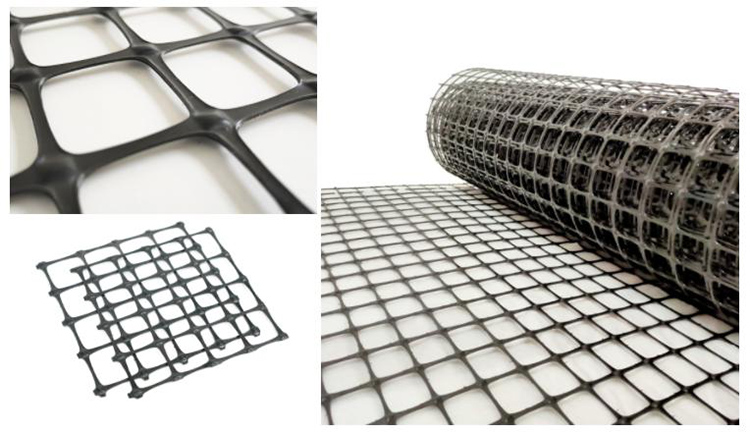Plastic geogrid is a new type of polymer material produced in today’s society. After bidirectional directional stretching, the material has uniform longitudinal and transverse tensile strength, good ductility, high fatigue resistance and good performance. In the maintenance of the protective layer, it is necessary to strictly screen and select materials with hard texture and uniform particle size. Regarding the sand cushion cleaning medium and coarse sand, the mud content is less than 5%, the purpose is to form a drainage channel.
Plastic geogrid is made of high molecular polymer kneading, forming plate, and stretching longitudinally and laterally after punching. The material has great tensile strength in the longitudinal and transverse directions, and the structure can also provide a more effective load and loose ideal interlocking system in the soil, and is used for the foundation reinforcement of large-scale load.
Because plastic geogrids are affected by environmental conditions, underground engineering should seriously consider the harmful effects of groundwater, and adopt effective methods to avoid groundwater engulfment, corrosion and damage. When the rainy season arrives, the unevenness of the road surface or the accumulation of water should be repaired and eradicated in time. Most concrete works are exposed to the atmosphere, not immersed in water.
The two-way plastic geogrid is used as a layer together with the sand cushion or filling layer. This layer has different rigidity from the roadbed and the foundation or soft foundation. It is the flexible raft foundation of the embankment and the drainage channel of the foundation and soft soil. The excess water can be lost through the grid infiltration, the mixing of different materials, therefore, the foundation deformation is uniform, and the differential settlement is small.
Post time: Sep-07-2022

